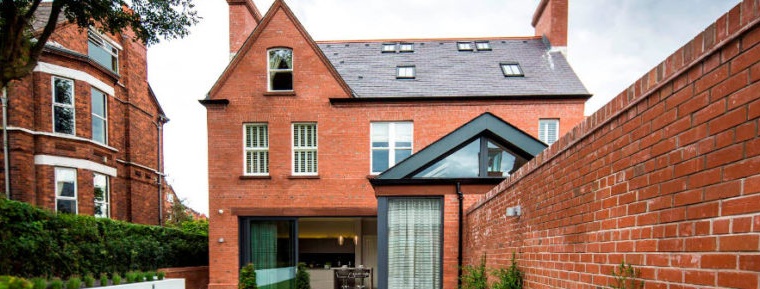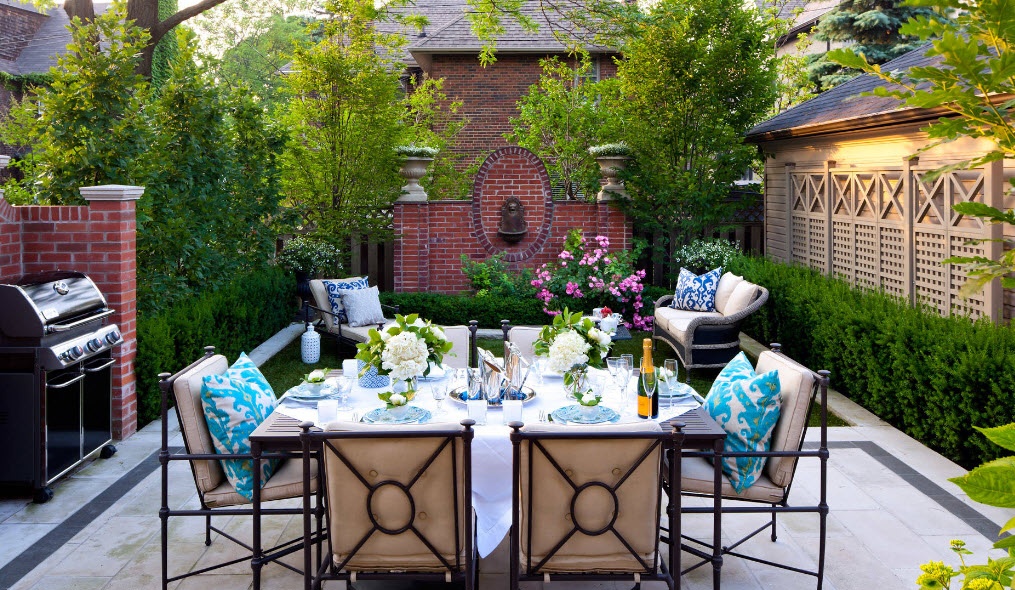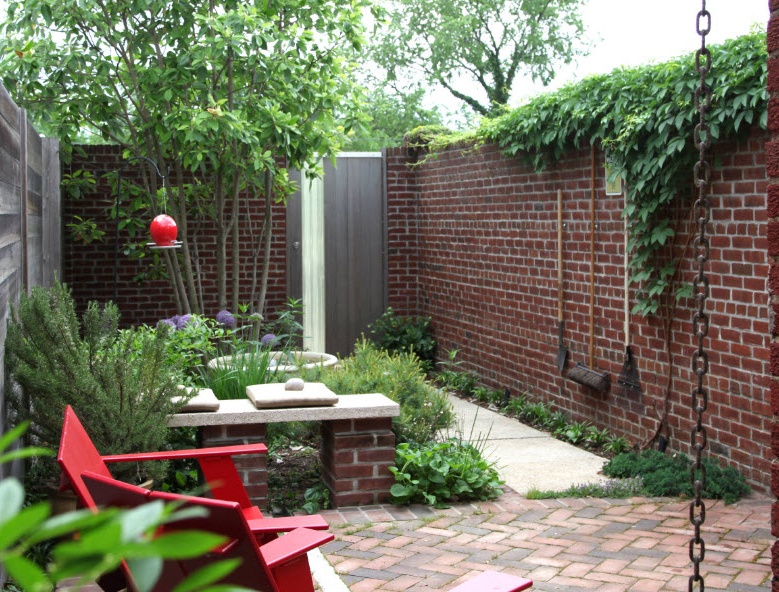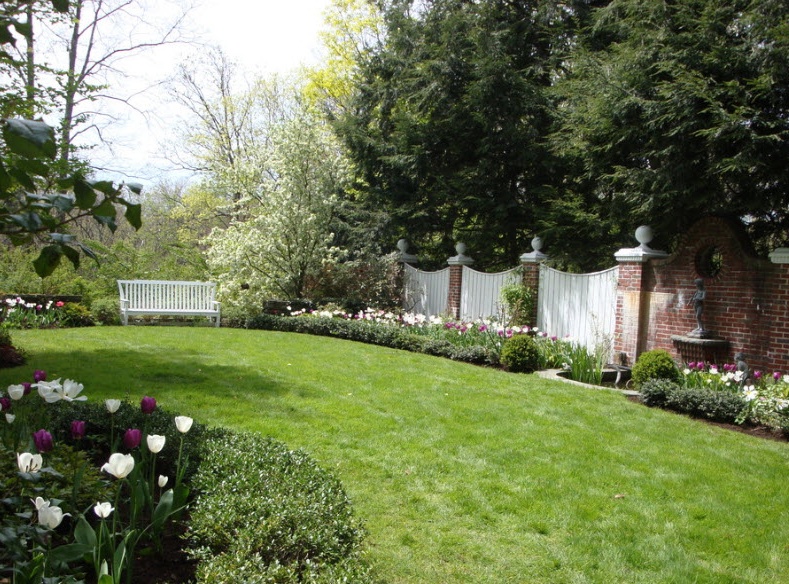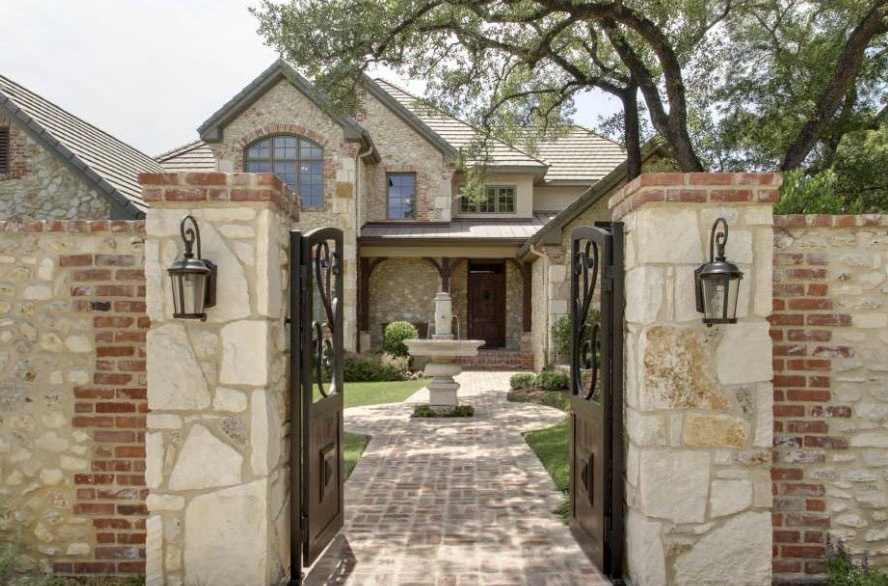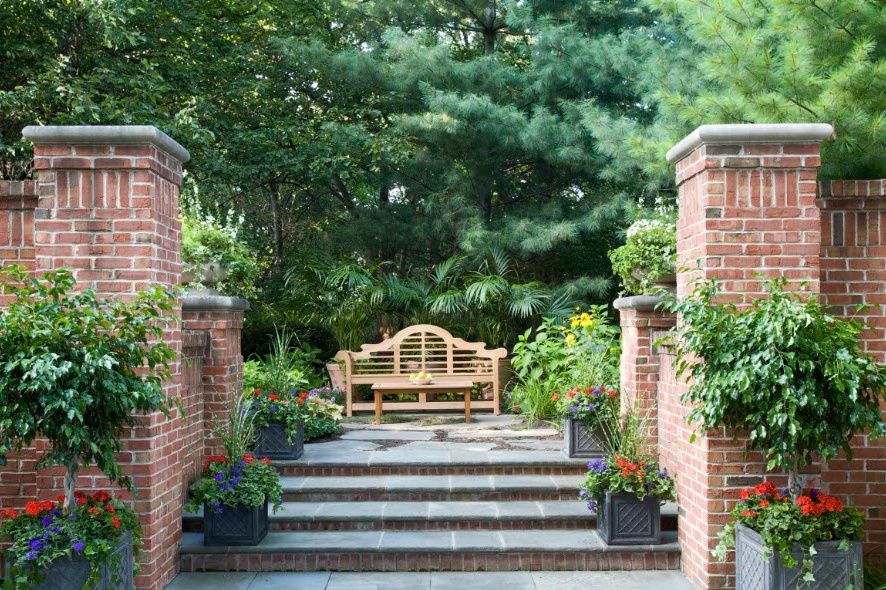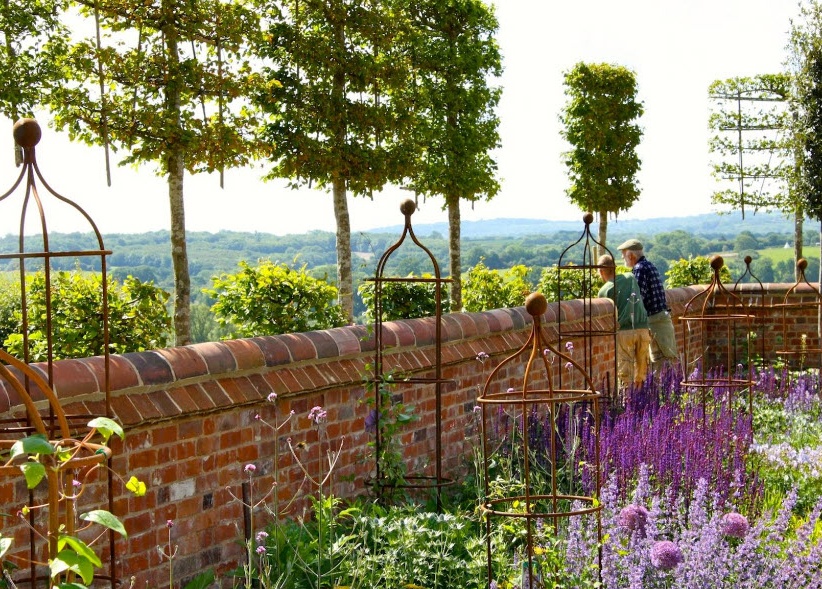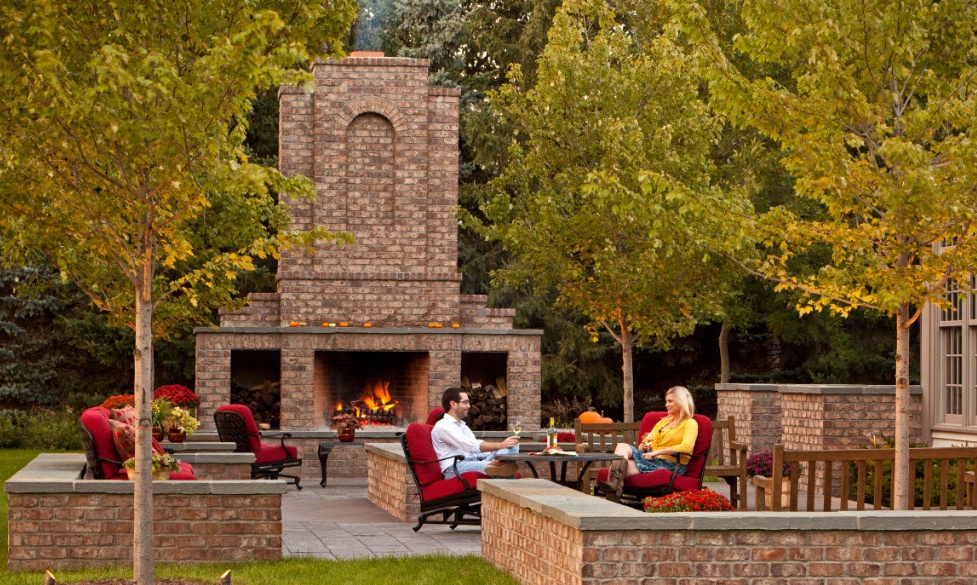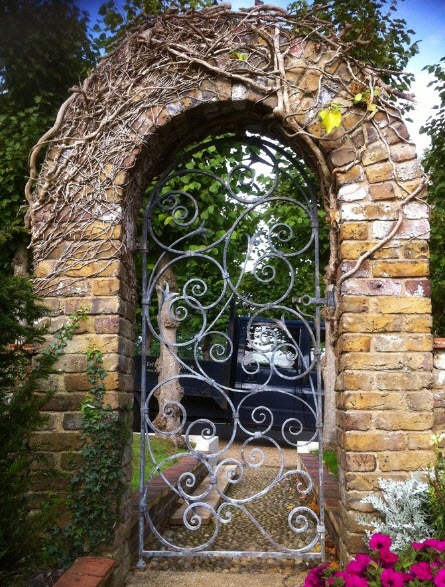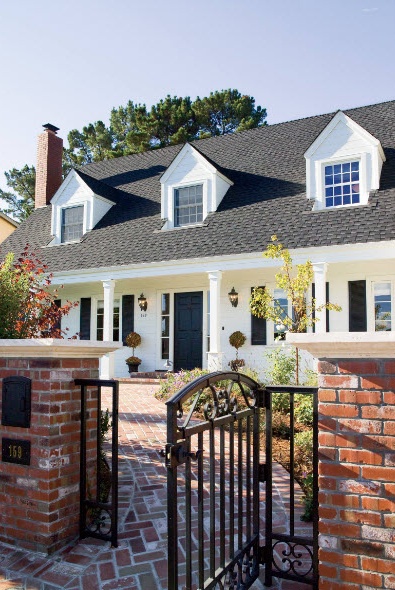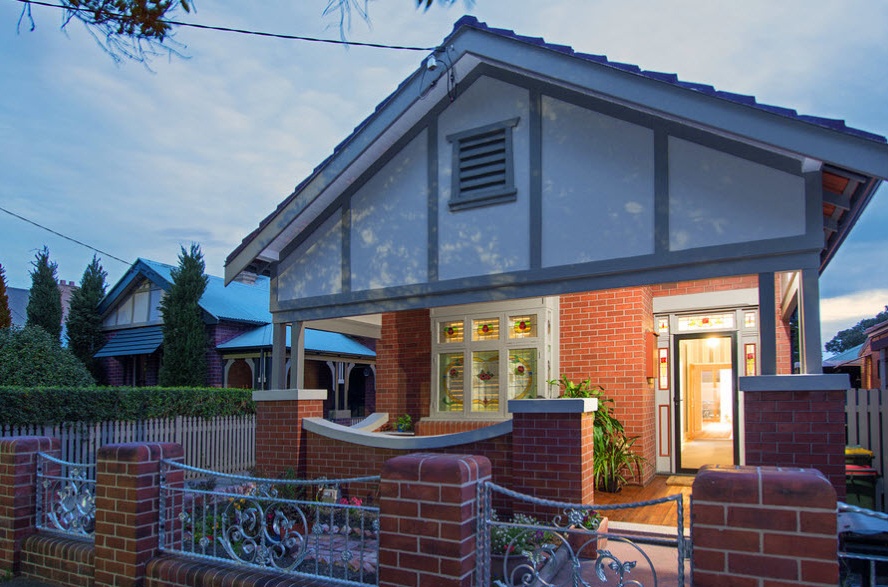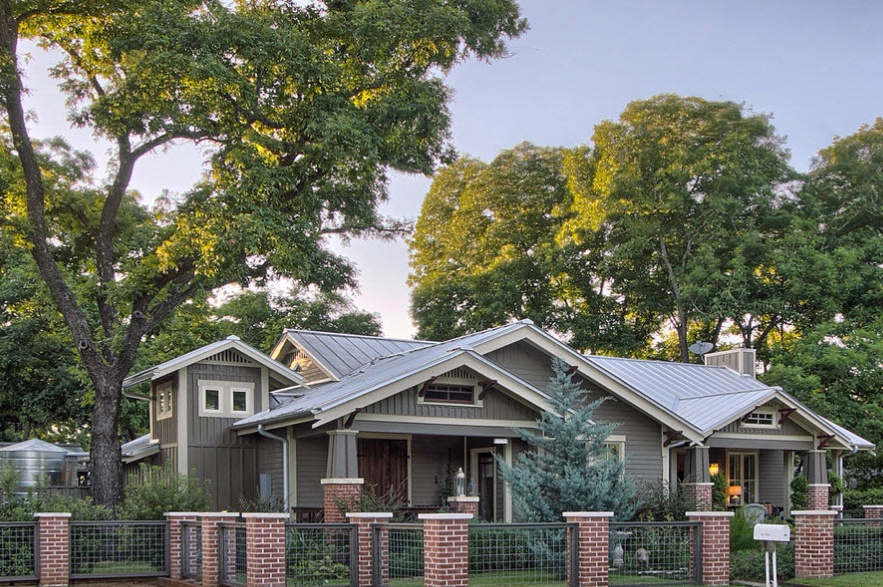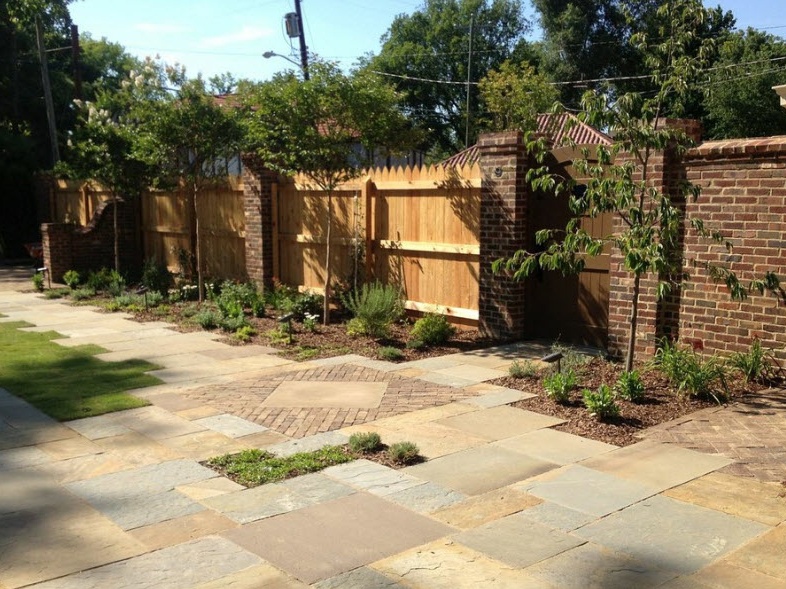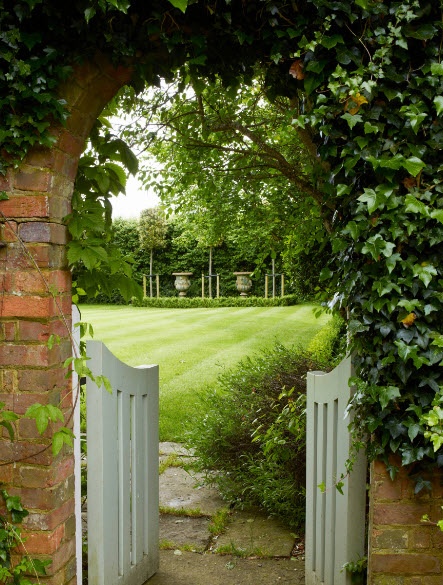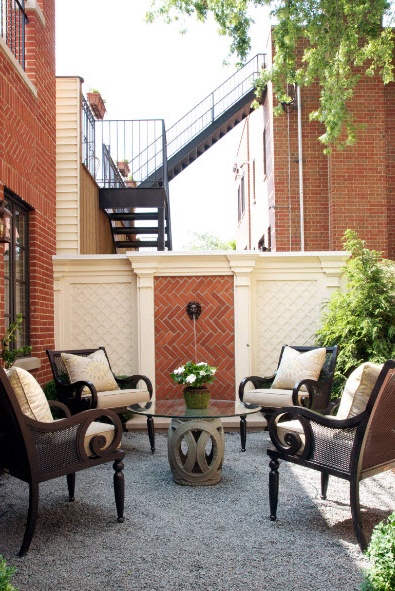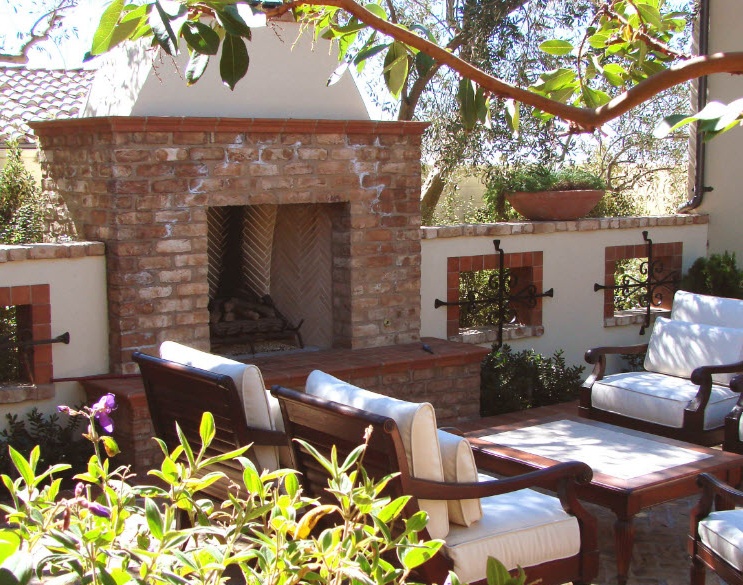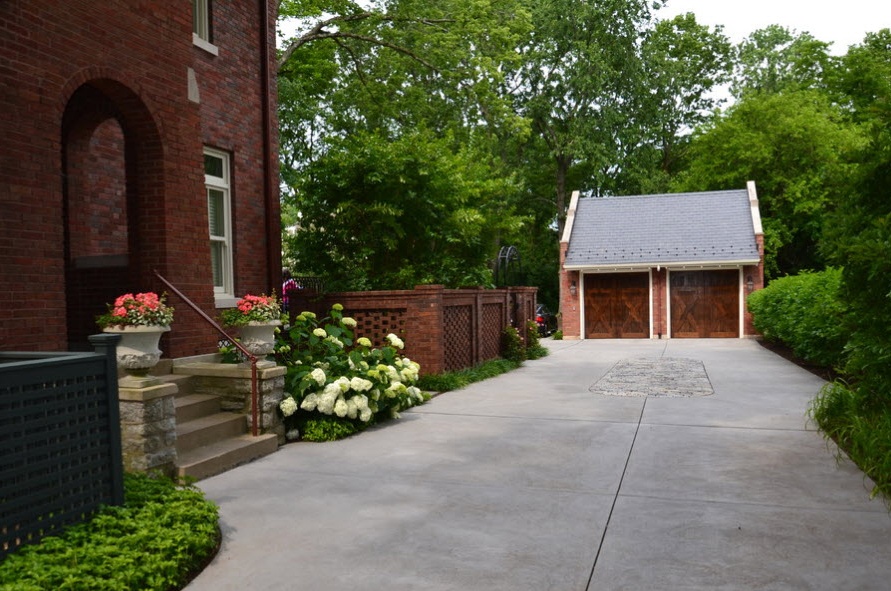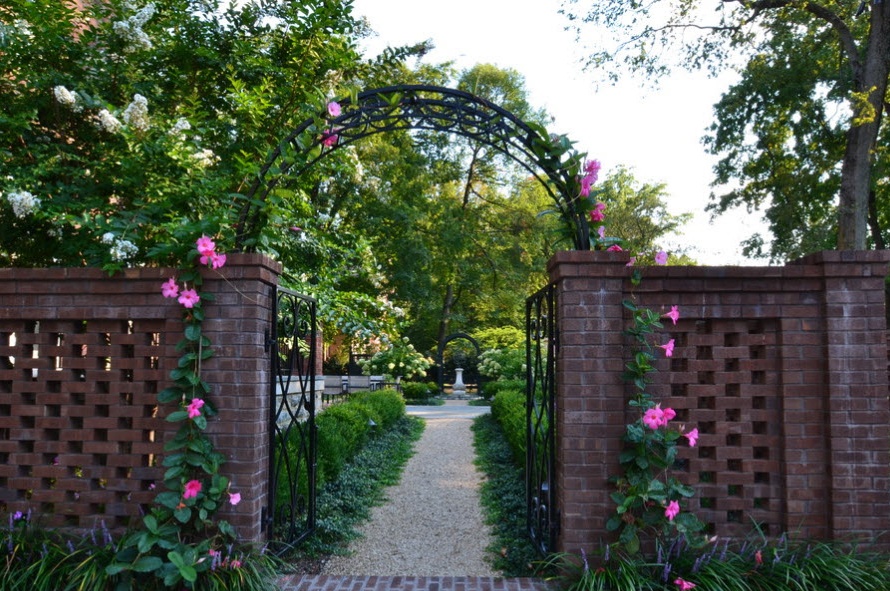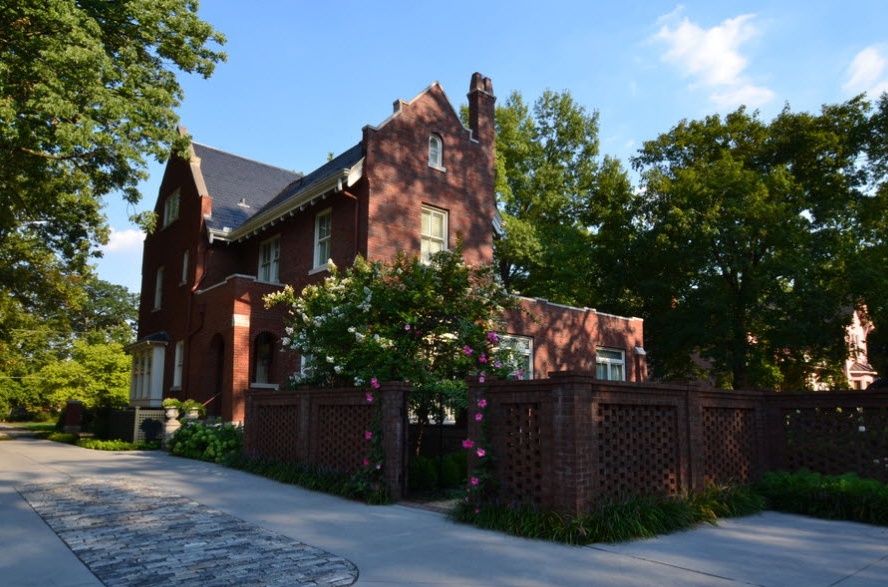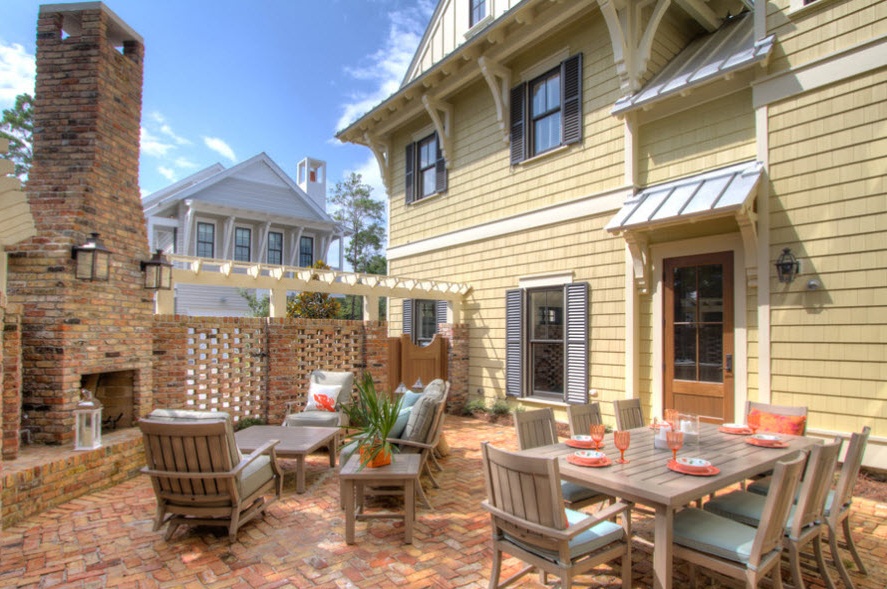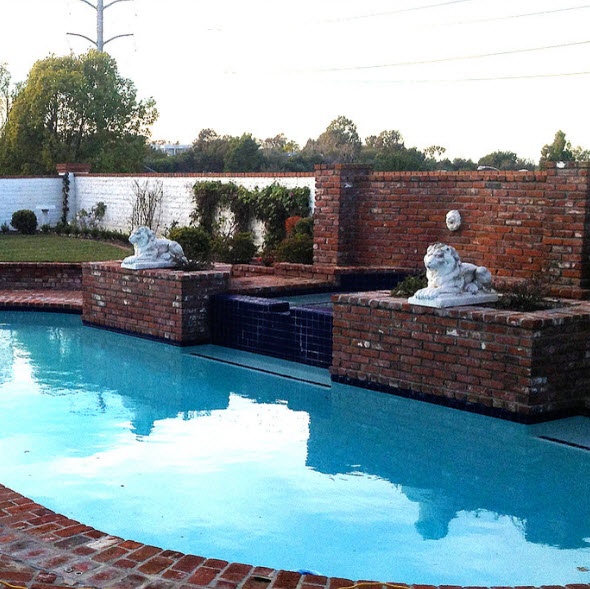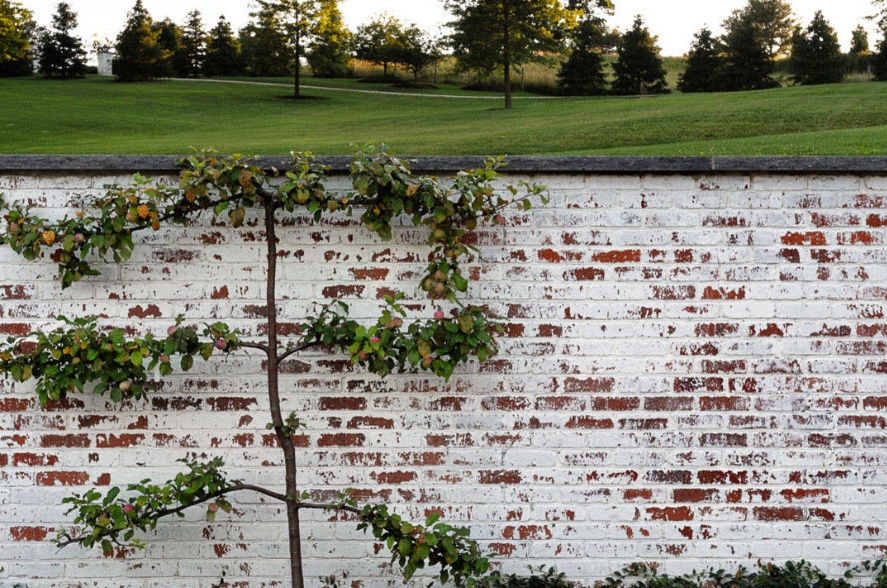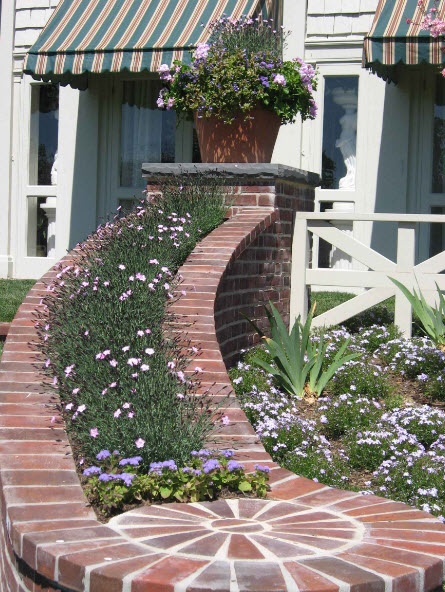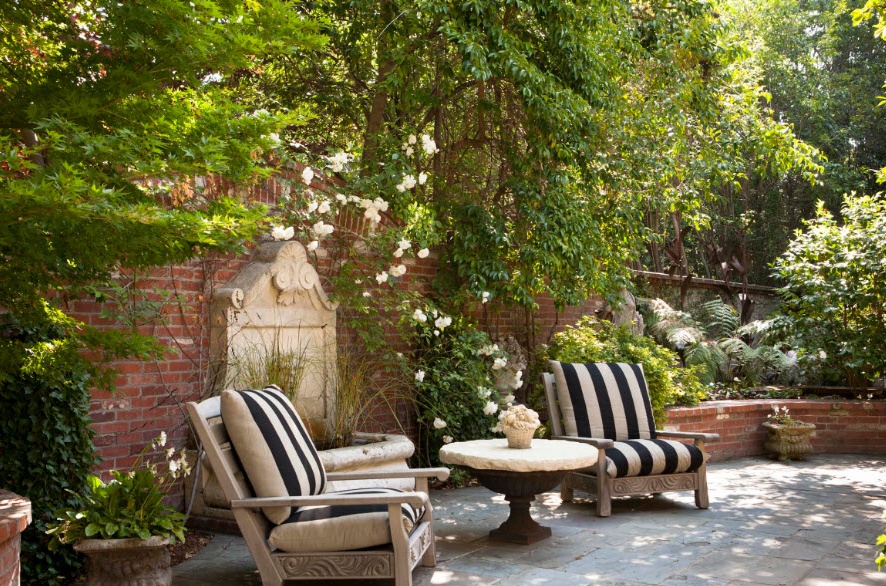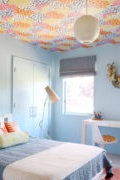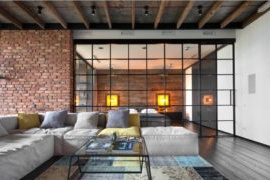Brick fence - a practical and aesthetic way to fence the site
Owners of suburban or urban private houses sooner or later face the need to protect their territory. Among the many options for arranging the fence, many choose brickwork as the main material of execution. And there are many reasons for this. If you are considering the choice of material for the manufacture of a fence for a private courtyard, cottage or garden, then this publication is for you.
Advantages and disadvantages of building a brick fence
The obvious advantages of using masonry to create a fence include:
- long term of operation - a brick fence can easily remain a legacy not only to your children, but also to your grandchildren, because masonry made of quality material is not afraid of climatic manifestations and temperature extremes;
- during operation, the brick fence does not require almost any maintenance, if the material is high-quality and new, then no painting or any other surface coatings are needed;
- the brick fence has high reliability and durability, it is able to protect the site not only from prying eyes, but also any external manifestations (subject to a sufficient height of the fence);
- the ability to independently choose the height of the fence;
- aesthetic appearance - a brick fence can not only become a reliable fence, but also decorate the landscape design, effectively complete the image of your architectural ensemble;
- the possibility of creating a non-trivial design - simple brick canvases can be varied with decorative inserts, arches, columns (pillars);
- the presence of variations in the execution of the brick fence makes it an almost universal option for any stylistic design of the building's facade.
But the medal always has two sides - a brick, and therefore a fence made of this material has disadvantages:
- the rather high cost of both the material itself and the work on its installation (therefore, many owners of private houses with land plots choose the option of combining brick with other, cheaper materials);
- when using bricks that were in use (in order to save), the service life of the fence is significantly reduced;
- for the construction of a really strong and durable brick fence, laying the foundation is necessary, which increases the term of work and the overall estimate.
Classification of brick fences
Fences, which are brickwork in one or another modification, are divided according to the following criteria:
- type of foundation - strip (used most often) or columnar (used only in the case of a small thickness of the masonry) foundation;
- the thickness of the brickwork - varies from half a brick to three bricks (it is important to understand that its reliability, strength and durability directly depend on the thickness of the fence);
- the height of the brick fence is a relative value, but usually ranges from 50 cm to 3.5 m (the higher the fence, the greater its thickness should be, to ensure the necessary stability);
- the presence of pillars (largely depends on the length of the spans and the views of the owners of the site about the beauty of the fence);
- the type of material with which the combination is carried out (if any).
Let us dwell in more detail on the possible options for combining brick with other materials. To give the fence a greater originality, and sometimes to reduce its cost, accelerate installation work, you can use combinations with the following materials:
- brick and metal forging;
- wooden picket, boards or gratings made of wood;
- metal picket or sheet material, metal profile (budget option in combination with brick poles);
- a combination of building bricks with decorative, chipped ("torn");
- in rare cases, you can find a combination of brick and masonry (quite an expensive fence).
Brick and metal forging
In combination with metal forging, the brick looks luxurious. Forged elements can be used exclusively as a decor of a solid brick wall or be an integral part of it, acting as a material of paintings or intermediate links.
Elements of metal forging can be of different shapes and sizes, located on the fence canvas in different ways, depending on this there are three types of design of a brick fence:
Parapet. Forged brick is set forged rods and decorative elements (the height of metal structures is not more than half a meter, as a rule). The fence is not only beautiful, but also reliable from the point of view of the possibility of outsiders entering the site;
The base is combined and forged. The base can have a height of 30 to 150 cm, metal forged structures of various modifications are installed on it. Most often, through such a fence you can see what is happening in the yard or on the site;
Pillars made of bricks plus forged elements. The main part of the fence is forging, placed on a basement with a height of not more than 30 cm, while brick is present only in pillars or columns. Often during the construction of brick pillars, metal fittings are inserted into them (to give the structure more strength and reliability).
The combination of brick and wood
The combination of bricks with wood does not always reduce the total cost of fencing. Only if you already have wood available and you need it, which is called “attach” to good use. Usually the combination of brickwork and wood elements is due to the need to create a harmonious image of the entire architectural ensemble with the adjacent territory. If wood is used in the facade of the main building, other buildings or landscape design elements, then it will be logical to use it to create a site fence.
If it is not possible to meet wooden elements in the composition of the fence itself so often, then the use of wood for the manufacture of wickets and even a gate to a brick fence is a very popular phenomenon. Brick largely symbolizes the urban and even industrial style, and beautiful wood carvings or intentionally aged boards seem to soften the image, balance the overall picture.
Choosing a brick color palette to create a fence
The modern range of building materials is striking in variety. The rich color palette of bricks, especially facade, facing, may become a cause for some confusion for owners of private homes who want to protect their plots. From snow-white and light gray to dark brown and burgundy - a brick as a material for creating a fence can both support the general color scheme and become an accent element in the image of the entire structure and the surrounding area.
One of the most popular ways to choose a brick for a fence is to repeat the material used for the facade of the main building. Using a brick of one color scheme for the house and fence leads to the creation of a harmonious image of the entire ensemble. Most often you can find a brick of almost all shades of red, with a predominance of reddish shades. No wonder the name appeared red-orange color - it is often called "brick".
No less impressive, but at the same time more restrained, it looks like a brick of all shades of yellow and orange ...
A brick of wine color or a shade of Marsala looks luxurious. As a rule, a fence with such a color scheme becomes an accent element of an architectural ensemble.
Gray brick is usually chosen if the building and landscape design of the territory is made in a modern style and even with an urban slope. If concrete is actively used in the design of the site or yard, then a brick fence of any shade of gray will look more than appropriate.
Bricks for fencing a private courtyard or summer cottage can be chosen to match the color of garden paths and grounds (patios), if they are also made of this building material. At the same time, the facade of the main building (house) may differ not only in color, but also in the material of execution.
Brick, as a building and facing material does not require subsequent painting or any other coating. Provided that new material is used. If used brick is used to extend its estimated service life, the protective coating will not damage. In some cases, painting is necessary to create a balanced image of the entire ensemble - home ownership and the area around it.
And finally, a few original ideas
The fence "with perforation" looks originally. The brick is laid out not in a continuous sheet, but in a checkerboard pattern. As a result, the fence has openings through which you can partially see what is happening on the street and in the yard. The fence is less durable, more decorative, but still able to protect the territory from external influences (except for prying eyes).
A low fence made of brick can serve as a garden bed or flower garden. As a result, the site is decorated with an original element of the landscape, and it is easier for plants to provide the care that is needed for each particular crop.
In some cases, the fence carries not so much a protective function as a decorative one. As a rule, a low fence is present inside large-scale sections to enclose functional segments of the section. Such zoning not only brings order to a clear delineation of the courtyard or infield into sectors, but also adorns the landscape. A low brick fence can serve as a border - to delimit sections of garden paths and flower beds or beds.

